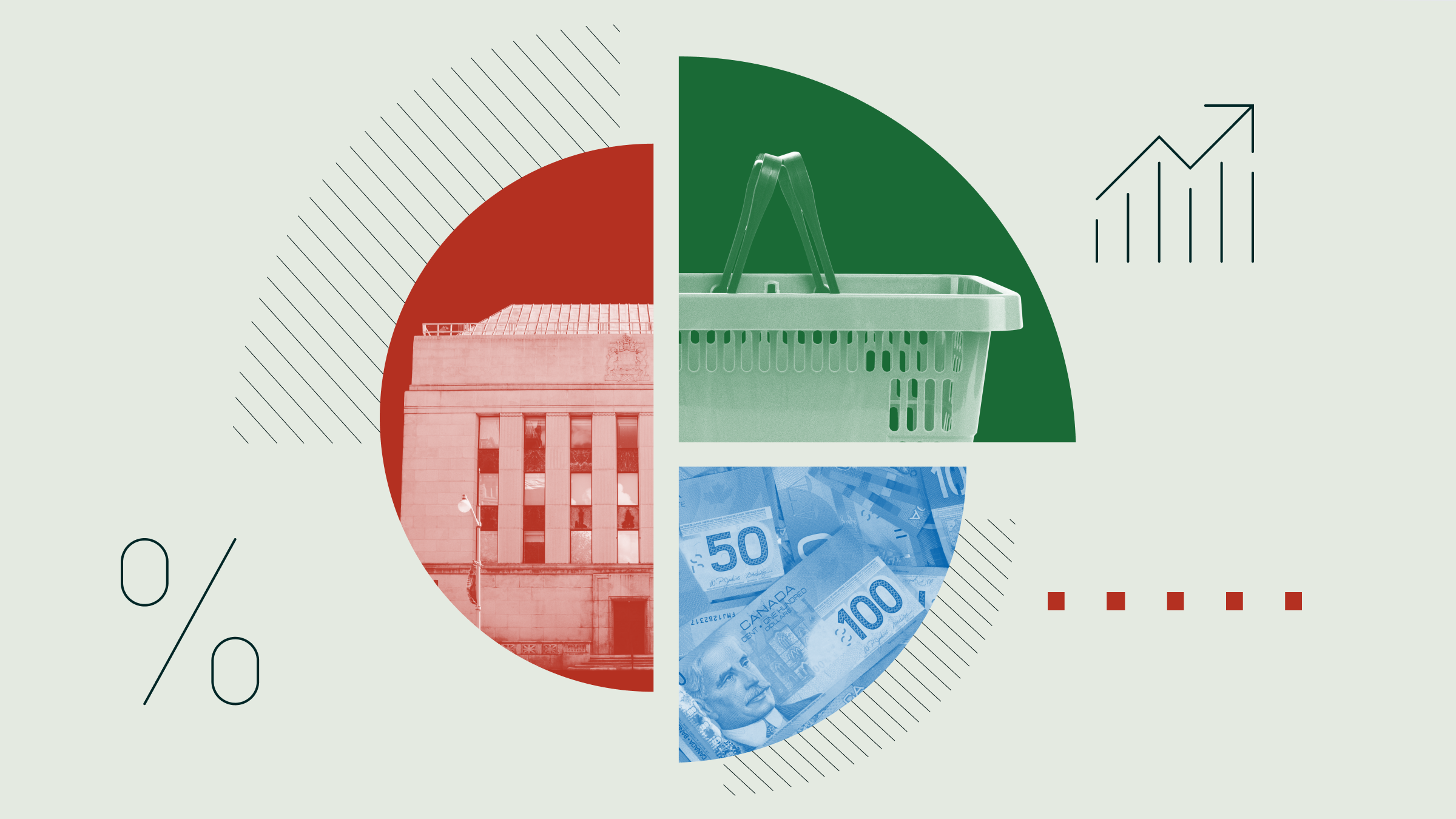Based on sales trends, Canada's mutual-fund industry is looking more and more like a fund-of-funds industry. Funds of funds -- the product of choice these days for a large majority of new purchases -- are managed funds with an extra layer of packaging. Instead of investing directly in securities, as stand-alone funds do, funds of funds hold other funds.
Funds of funds are designed to make things simpler when it comes time to make a purchase. Whether you're investing with the help of an advice-giver or on your own, you'll need to determine your investment objectives, risk tolerance and how long you'll be invested. Once you've done that, funds of funds become a one-stop solution as you select one that's suitable for your investment needs and personality.
This streamlining of the investment-selection process holds strong appeal for the majority of individual investors who would much rather be doing something else than poring through Fund Facts documents, performance rankings and research reports to figure out which stand-alone funds to buy, how much money to devote to each, and how to manage the asset mix over time.
Though stand-alone funds still represent most of the roughly $1 trillion in assets Canadians hold in mutual funds, funds of funds are coming on strong. At year-end, they collectively had $264 billion in assets or 26.6% of the industry total, up from 24% a year earlier, according to the Investment Funds Institute of Canada.
Mutual-fund buyers' strong preference for funds of funds for new purchases is most evident when you look at net sales. Of the industry's $45.2 billion in net sales of long-term funds in 2013, more than three-quarters of the total -- $34.6 billion -- flowed into funds of funds. This was part of a continuing trend. In 2012, nearly 70% of the industry's $36.6 billion in net sales of long-term funds were funds-of-funds purchases.
Funds of funds are a very diverse universe, serving objectives ranging anywhere from conservative to aggressive. Here's what to consider to help determine which portfolio fund will meet your needs.
Fund category
With the exception of target-date funds, which are primarily fund portfolios, most funds of funds do not reside in categories devoted specifically to them. Just like stand-alone funds, funds of funds are categorized according to their holdings. Most of them reside in the balanced categories, but there are also funds of funds that invest entirely in equities or entirely in fixed income.
Canadian versus global
If you want at least 70% exposure to Canadian stocks, bonds and other domestic securities, funds of funds in the Canadian Equity Balanced, Canadian Neutral Balanced and Canadian Fixed Income Balanced categories will meet that basic requirement. Note that each of these categories has a global counterpart, consisting of funds that hold less than 70% of their assets in Canadian securities.
Equities versus fixed income
Of the six main balanced categories to which most funds of funds belong, there are three different ranges of equity exposure. The same thresholds apply to both Canadian and global balanced categories, and are as follows:
| Categories | Equity allocation | |||
 |
||||
 |
||||
| Canadian Equity Balanced Global Equity Balanced |
Greater than 60%, less than 90% | |||
| Canadian Neutral Balanced Global Neutral Balanced |
Between 40% and 60% | |||
| Canadian Fixed Income Balanced Global Fixed Income Balanced |
Greater than 5% and less than 40 | |||
 |
||||
| Source: CIFSC.org | ||||
 |
||||
Asset allocation
One of the main attractions of funds of funds for investors is that, along with selecting the underlying funds and asset classes, the fund manager also looks after rebalancing or other shifts in the asset mix. The asset-allocation approaches of funds of funds fall into three main types:
- Strategic: The manager specifies a target asset mix, such as 60% equity and 40% fixed income, and rebalances when necessary to the target mix. Typically, managers will allow the asset mix to vary to some degree because of market fluctuations. Examples of this more passive strategy include the Allegro and Alto portfolio funds sponsored by Investors Group, whose weightings of underling funds are kept within plus or minus 10 percentage points from the neutral weighting. For the Russell LifePoints portfolios, management's strategy is to stay within five percentage points of the neutral weightings.
- Actively managed: The asset mix is adjusted, within limits, to try to produce the best combination of risk and returns. The managers will have some constraints on their allocations to each asset class, but they have greater latitude to make opportunistic shifts in response to valuations and market conditions. Examples of funds of funds that actively manage their asset mix are the Franklin Quotential and Invesco Intactive portfolios.
- Tactical: There are no restrictions on asset mix for these funds, which you'll find in the Tactical Balanced category. A handful in this category -- for example, the corporate-class mutual fund BMO Global Tactical ETF Class -- are funds of funds.
The underlying funds
Since the performance of fund portfolios is a composite of the underlying funds that they hold, it follows that strong-performing constituent funds will produce above-average returns for the fund of funds. It makes sense, when possible, to check how well these underlying funds have done. An example of a fund-of-funds offering with well managed underlying funds is the CI Portfolio Select Series, the winner in the fund-of-funds category at the 2013 Morningstar Awards.
Fees
The management fee charged by a fund of funds will generally be equivalent to the weighted average of fees of the underlying funds. Expect to pay more for global funds than for Canadian funds, and more for equity-heavy funds than for those that hold mostly fixed-income funds.
A key factor in MERs is whether dealer compensation, in the form of trailer fees, is embedded in the cost of the fund. Among the minority of unbundled low-fee choices are the common shares of exchange-traded funds in the iShares core-portfolio series. All of them have MERs well below 1%, which is less than half of what most funds of funds charge.
Tax efficiency
Some funds of funds have yet another layer to them. They're organized as corporate-class funds and are part of a larger multi-class fund corporation. These funds are designed specifically for non-registered accounts since they enable investors to switch from one fund portfolio to another without triggering a taxable event.
As with any other corporate-class funds, a gain or loss is realized only if the corporate-class fund is redeemed for cash. An example of this structure is Mackenzie Investments' Symmetry portfolios, which are available in either corporate-class or trust versions.
As is the case with all funds, portfolio funds that hold mostly equity funds will be more tax-efficient than mostly fixed-income portfolios whose returns are primarily in the form of fully taxable interest income.



















